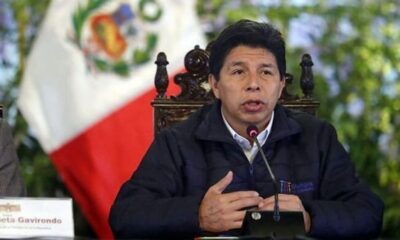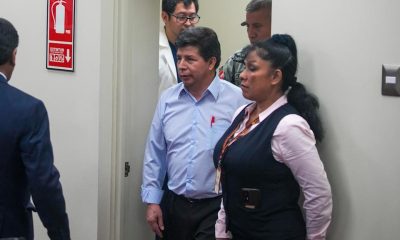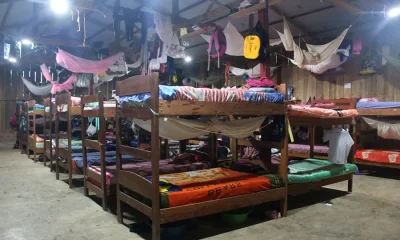International
Five mining villages in Peru left in rubble by mudslides
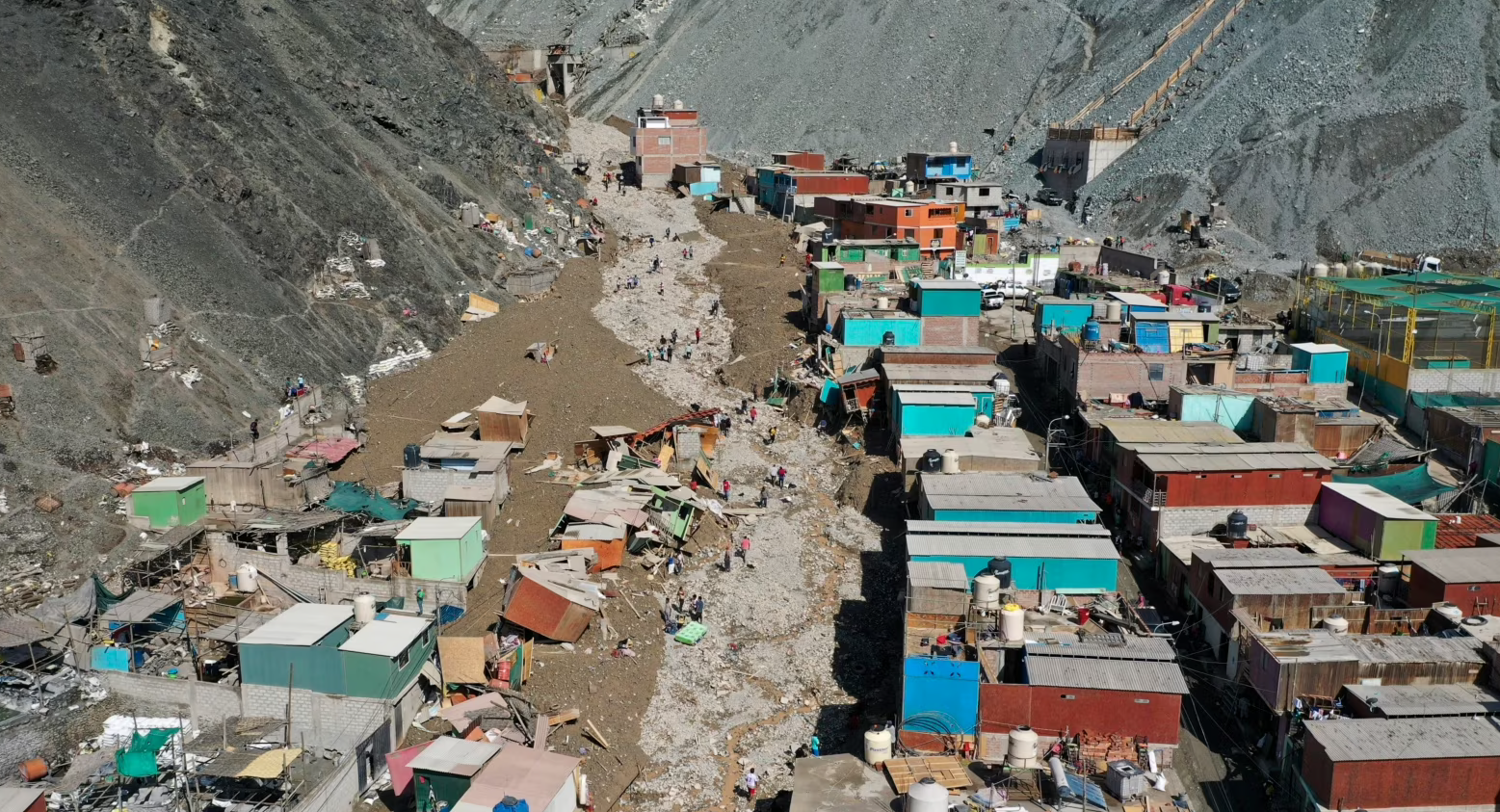
February 8th
Five villages in southern Peru were left in rubble after landslides caused by constant rains on Sunday and Monday, which washed away mud, water and rocks and swept away precarious facilities and homes in an area dedicated to informal gold mining.
Residents of the Mariano Nicolás Valcárcel municipality, settled in the foothills of a mining area, were looking for their belongings buried in the mud on Tuesday, while others with muddy shoes and desperate faces came from remote villages to ask for help.
One of them was Mauro Noa, leader of the Posco Miski village, who asked for help and food to assist more than a thousand residents trapped since Sunday on the side of a mountain. They cannot cross because an immense body of mud and stones has formed in the form of a river that surrounds the hill. “They are hungry and thirsty, no one remembers them,” he told The Associated Press.
Noa said that in 18 years he has never seen an avalanche like the one that fell Sunday in Posco Miski. He added that they have compiled a list of 14 residents of Posco Miski whose whereabouts are unknown. “People reacted in disarray, neighbors who could not leave their homes were carried away by the wave of mud,” Noa said. “Children have been traumatized, with the rain and the mudslide,” he added.
Police dispatched 15 rescuers who were scheduled to arrive in Secocha late in the afternoon because the road is blocked by mud, said agent Giancarlo Vizcarra.
The agent indicated that after arriving in Secocha carrying stretchers and ropes they will try to climb up to the most remote villages to look for bodies under the mud and for that purpose they were transporting two specialized dogs that work in earthquakes looking for people in the rubble.
A local Civil Protection official reported the day before that at least 36 people had died, however, a prosecutor told The Associated Press on Tuesday that they only had confirmation of 12 dead and three missing. The federal government has not given any new figures, although the president was touring the area to see the disaster and receive the latest reports.
The avalanche that fell on Sunday from the highest mountains swept away houses and everything in its path. Residents could only scream and wail as they watched the dense torrent of brown water and mud slide with force.
“We are isolated,” Arturo Muñoz, who lives high above the village of La Eugenia, where the mudslide began Sunday, told The Associated Press by phone Tuesday. The affected mining villages are in the municipality of Mariano Nicolas Valcarcel, in the province of Camana, Arequipa region.
Rescue tasks could not yet be deployed on Tuesday due to the difficulty of accessing the area with the relevant machinery, according to the local head of Civil Defense.
The main street of another of the settlements, Secocha, was still covered on Tuesday with a muddy mass that had penetrated through doors and windows. In that street, called Los Angeles, some people were cleaning the kitchens, refrigerators and televisions that until the weekend were working without problems in restaurants, hotels, clothing and food stores.
The prosecutor in charge of the event, Luis Supo, rectified the death toll that had been published on Monday, when it was said that 36 bodies had been recovered in the remote village of Posco Miski. The count was made known by Wilson Gutiérrez, Civil Defense official of the Mariano Nicolás Valcárcel municipality, to the local radio station RPP.
However, prosecutor Supo assured that as of Tuesday they had only received 12 bodies rescued from the avalanches and that three other people were missing.
Civil Defense also indicated on Monday that the landslides affected bridges, water intakes, irrigation canals, roads and houses and around 630 houses were left unusable. The impact of the landslides in the five affected villages was due to the fact that it is a downhill area of about 48 kilometers where miners have been installed for two decades to extract gold from pits.
Constant rains are frequent in February in Peru, a time when precipitation causes landslides that affect homes, but also public infrastructure, including bridges and roads.
International
Rubio rules out 2028 presidential bid if Vance runs
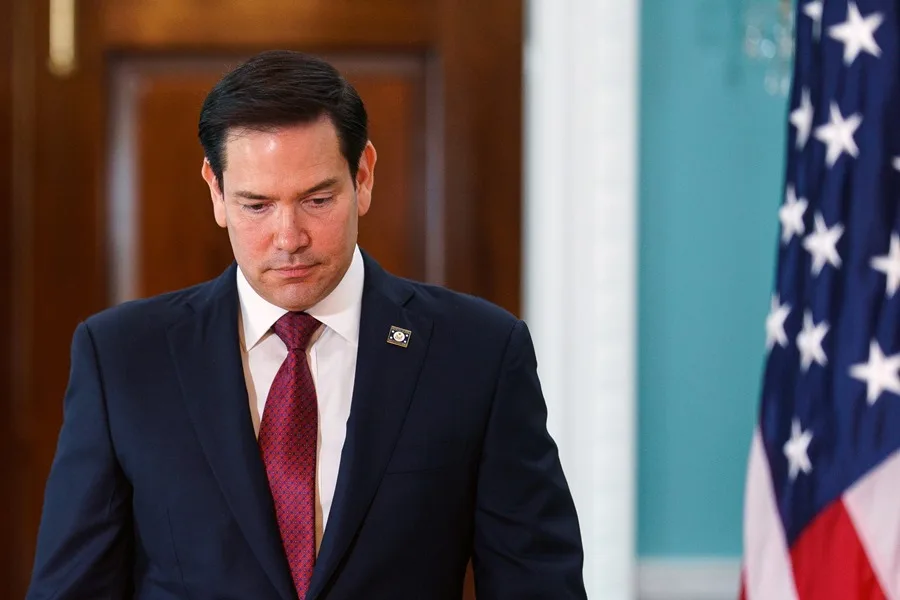
U.S. Secretary of State Marco Rubio said he would not seek the presidency in 2028 if current Vice President JD Vancedecides to run as the Republican nominee to succeed President Donald Trump.
“If JD Vance runs for president, he will be our candidate, and I will be one of the first people to support him,” Rubio said in an interview with Vanity Fair, in which he appeared alongside other senior members of the presidential cabinet.
Rubio, 54, and Vance, 41, are widely viewed as two of the leading Republican figures who could headline the party’s ticket in the 2028 election. Under the U.S. Constitution, Trump is barred from seeking another term after completing two presidential mandates.
In a lighthearted moment during the interview, Vance jokingly offered photographers $1,000 if they managed to make him look better than Rubio in the photos. Both leaders have received public backing from Trump, who last October floated the idea of a joint ticket featuring Rubio and Vance, without clarifying who would lead it.
“I think that if they ever teamed up, they would be unstoppable. I don’t think anyone would run against us,” Trump said at the time.
White House Chief of Staff Susie Wiles, who also took part in the interview, confirmed that Trump does not intend to violate the 22nd Amendment, which prohibits a third presidential term, though she acknowledged that the president is “having fun” with speculation about a possible return to office.
Rubio, the son of Cuban immigrants, served as a Republican senator from 2010 to 2025. He sought the party’s presidential nomination in 2016 but was defeated by Trump after a bruising primary contest. His name was floated as a potential vice presidential pick in 2024, but Vance ultimately secured the spot. After taking office, Trump appointed Rubio as secretary of state, making him the first Latino to hold the position.
International
Authorities search for armed and dangerous suspect in fatal Brown University attack
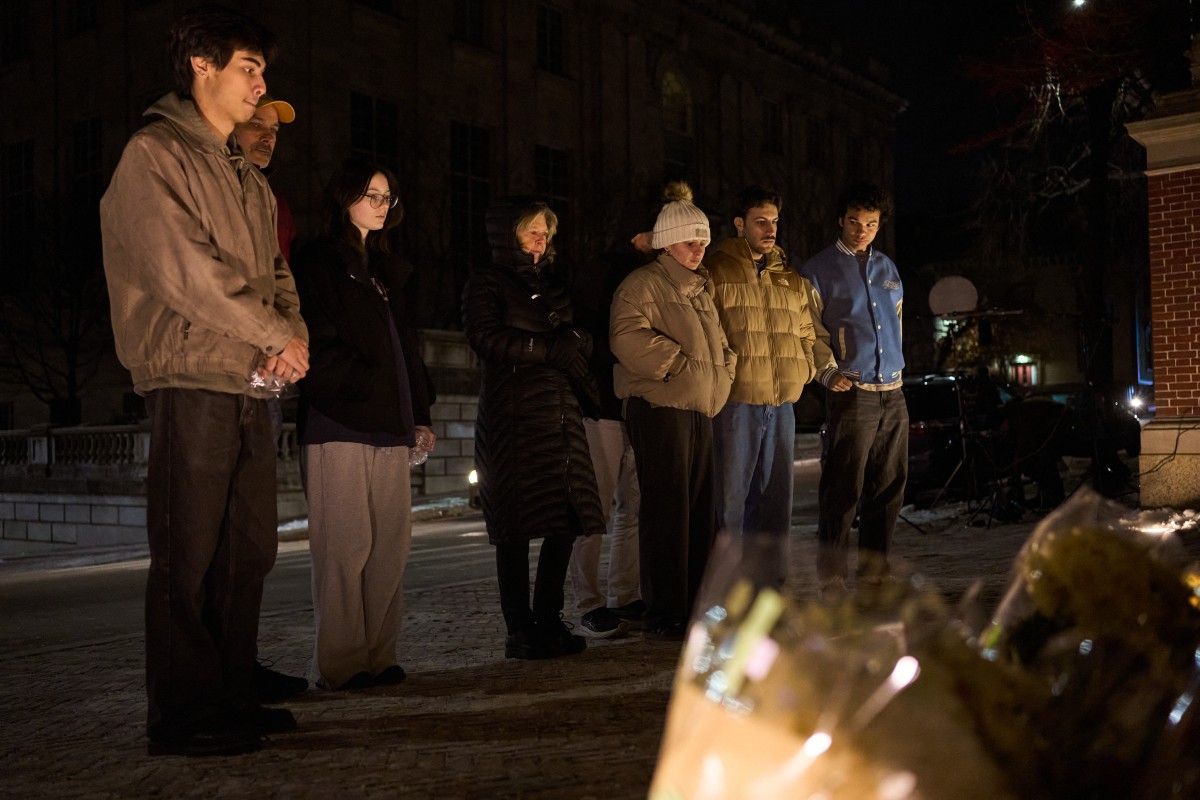
According to the statement, investigators are “seeking the public’s help to identify and speak with an individual” who was seen “near” the suspect at the time of the attack.
The Providence Police Department in Rhode Island released three photos of the person of interest, whose face has been blurred. In the images, the individual is wearing navy blue clothing, what appears to be a green hood, and carrying a light-colored backpack.
Earlier, authorities had released several photos and videos of a suspect described as “approximately 5 feet 8 inches tall, with a stocky build,” dressed in dark clothing, with their face covered by a surgical mask and wearing a beanie. The suspect’s identity remains unknown.
Authorities are offering a $50,000 reward for any information leading to the identification, arrest, and conviction of the person responsible for the killings, who is considered armed and dangerous.
The gunman opened fire on Saturday at Brown University’s engineering and physics building, where exams were being held, killing students Ella Cook and Mukhammad Aziz Umurzokov. The names of the nine people injured have not been released.
International
Police investigate deaths of Rob Reiner and wife as apparent homicide
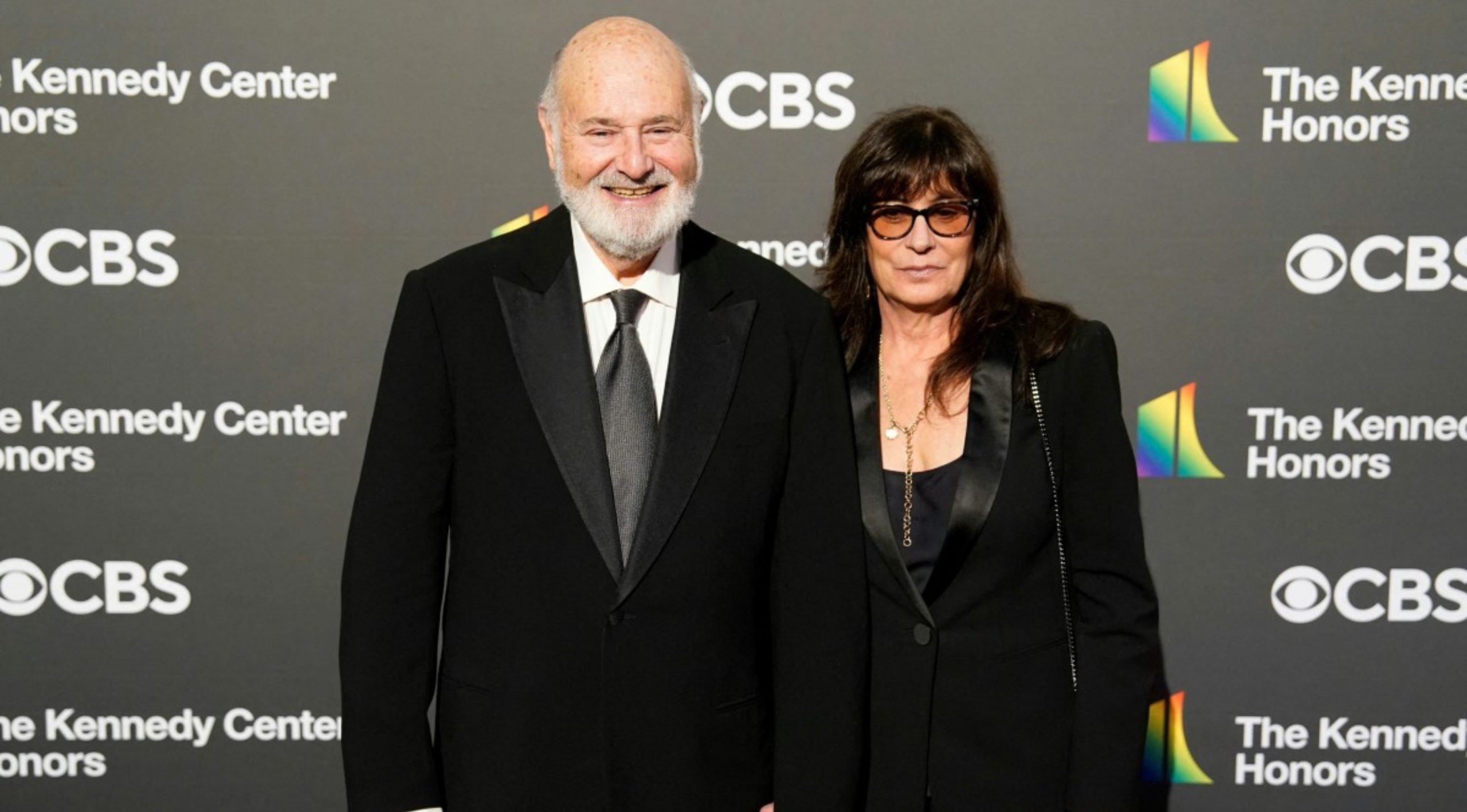
The Los Angeles Police Department (LAPD) is investigating the deaths of Hollywood actor and filmmaker Rob Reinerand his wife as an “apparent homicide,” amid a wave of tributes to the director of classics such as When Harry Met Sally.
According to U.S. media reports on Sunday, Rob Reiner and Michele Singer Reiner were found dead at their Los Angeles mansion with what appeared to be stab wounds.
Several political figures shared messages of condolence following the reported deaths of the director of A Few Good Menand his wife.
While the LAPD did not officially confirm the identities of the victims, it stated that homicide detectives were dispatched to the Reiner residence.
“At this time, no additional details are available and the investigation into an apparent homicide is ongoing,” the Los Angeles Police Department said in a statement posted on social media.
LAPD Deputy Chief Alan Hamilton told reporters that no arrests have been made and that no individuals are currently being questioned as suspects.
“I’m not going to confirm whether anyone is being questioned at this moment or not. We are going to try to speak with as many family members as we can,” Hamilton said.
CNN reported that a family spokesperson confirmed the deaths of Reiner and his wife.
California Governor Gavin Newsom, former U.S. President Barack Obama, and former Vice President Kamala Harrisissued statements expressing their condolences.
-
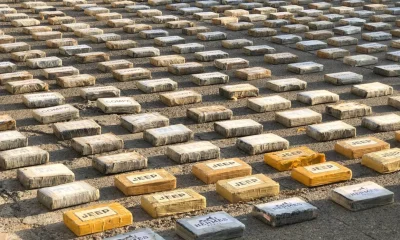
 Central America3 days ago
Central America3 days agoPanama seizes over three tons of drugs hidden in Caribbean port container
-
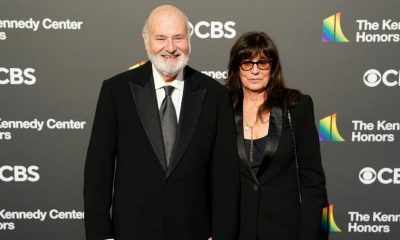
 International3 days ago
International3 days agoPolice investigate deaths of Rob Reiner and wife as apparent homicide
-
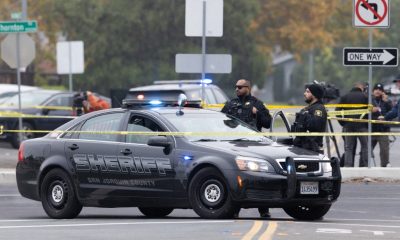
 International4 days ago
International4 days agoSeveral people shot in attack on Brown University campus
-

 Central America3 days ago
Central America3 days agoOAS urges swift recount in Honduras as election results remain uncertain
-
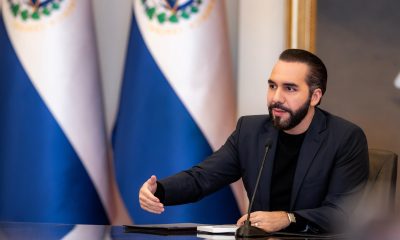
 Central America1 day ago
Central America1 day agoBukele says AI partnership with xAI will transform public education in El Salvador
-
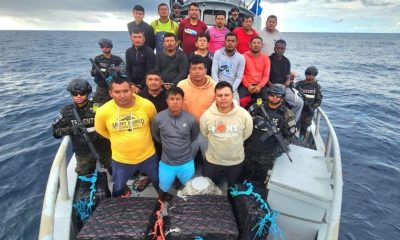
 Central America1 day ago
Central America1 day agoEl Salvador ranks among top countries in the Americas in fight against organized crime
-
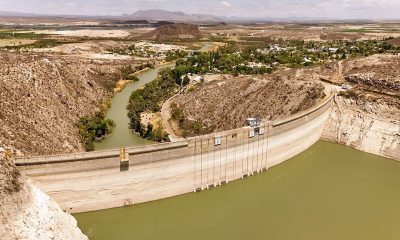
 International4 days ago
International4 days agoU.S. and Mexico Reach Deal to Address Water Deficit Under 1944 Treaty
-
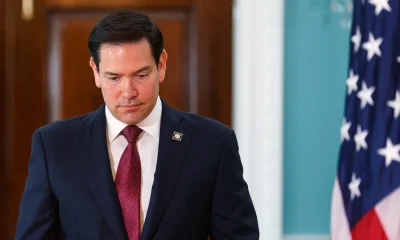
 International9 hours ago
International9 hours agoRubio rules out 2028 presidential bid if Vance runs
-
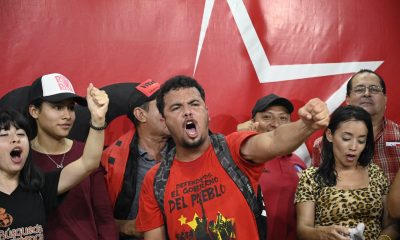
 Central America10 hours ago
Central America10 hours agoArrests and clashes in Tegucigalpa as vote count continues after Honduras election
-
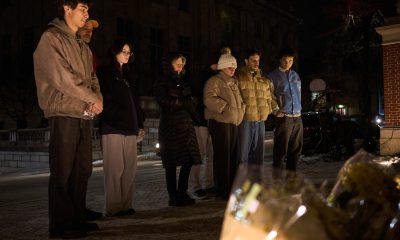
 International10 hours ago
International10 hours agoAuthorities search for armed and dangerous suspect in fatal Brown University attack

























